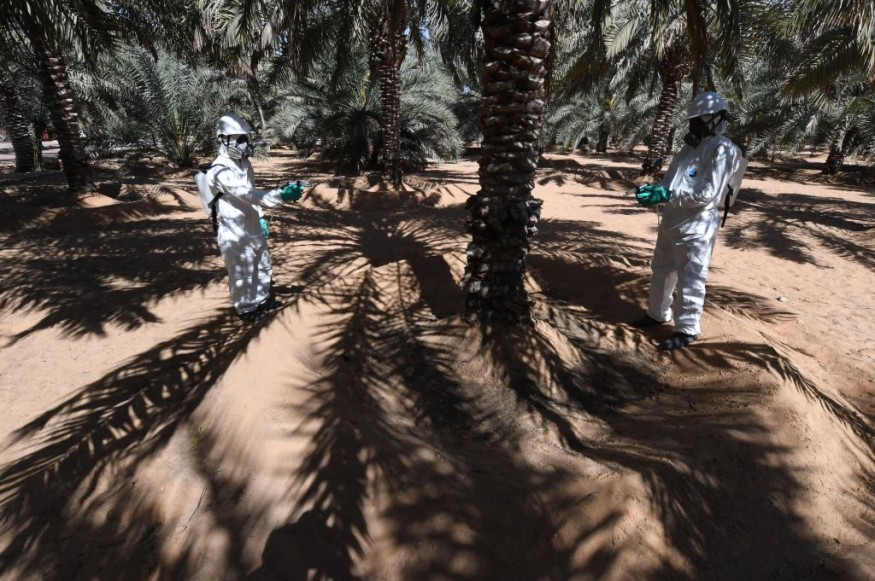
The discovery of two weevils in the Philippines is an encouraging sign for the recovery of wildlife.
Recovery From Human-Cause Disruption
A University of Alberta researcher discovered two species of weevils-one new and one assumed to be extinct-that have survived clearcutting in the Philippine rainforest.
Tom Terzin, an Augustana Campus biology professor who made the identifications, describes the discoveries as "an encouraging sign" of wildlife's ability to recover from human-caused disruption.
"Nature is amazingly resilient, if we give it a chance for recovery," he added.
He uncovered the discoveries while combing through beetle samples collected from bushes in Northern Negros National Park on Negros Island between 2016 and 2017. By the end of the twentieth century, the tropical island's virgin forest in the central Philippines had been nearly totally destroyed by logging, cultivation, and population growth.
Terzin, whose undergraduate research lab examines color patterns and mimicry in insects (when one species imitates another), saw a short-nosed weevil that struck out not for its pattern but for its simplicity.
The black beetle, which was about a half-centimeter long, lacked the metallic sheen of its cousins and instead had a scattering of light scales across its surface that did not form any pattern.
The new specimen, dubbed Metapocyrtus (Trachycyrtus) augustanae after the Augustana Campus, has Terzin enthusiastic about the implications of its finding. It could mean a redirection of the habits of these species, evolutionarily speaking, and being known from a single specimen.
He added that the species behave like little, natural robots. They have an exoskeleton and segmented bodies, and they crawl around according to simple guidelines. If there's a barrier in their way, they normally navigate past it, just like a robot would.
He also rediscovered a short-nosed weevil, Metapocyrtus (Orthocyrtus) bifoveatus, which was last seen on the island 100 years ago. The beautiful bug, known to exist mainly in the rainforest's lowlands, which were destroyed by deforestation, was considered to be extinct until this sample was discovered in a much more forested part of the island.
Somehow, this species has managed to thrive at higher altitudes of over 1,000 meters, demonstrating a struggle for existence that has prevented them from becoming extinct due to destruction.
Read Also : Sneaky Smaller Weevils Get the Girl Too
Monitor The Population
Though weevils, the largest family of beetles, are a natural part of the rainforest, Terzin emphasizes the need to know that these two varieties exist since they could become pests, especially in the face of climate change.
"They're like asteroids that cross the Earth's orbit. Some of them can be dangerous, but they're even more dangerous if we don't know about them. So it's important to monitor their population-and that means we first need to discover them," he added.
Both specimens are presently housed in the Augustana Tropical Insects Research Studio entomology collection, where they can be used for teaching and research purposes.
Terzin hopes to discover more new bug species when he returns in 2025. He also believes the finding of the two weevils will urge the Philippine administration to accept more international scientists.
Related Article : Sweetpotato Weevils' Favorite Color Switches When it Moves Indoors
© 2025 NatureWorldNews.com All rights reserved. Do not reproduce without permission.





